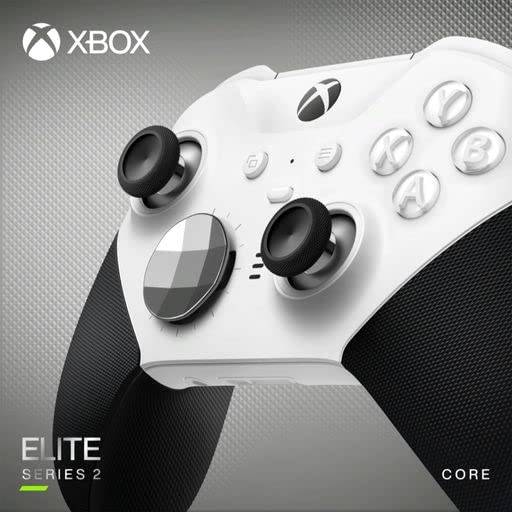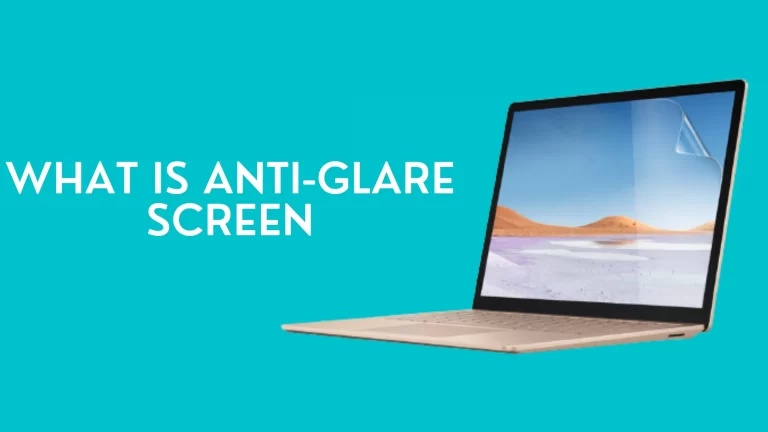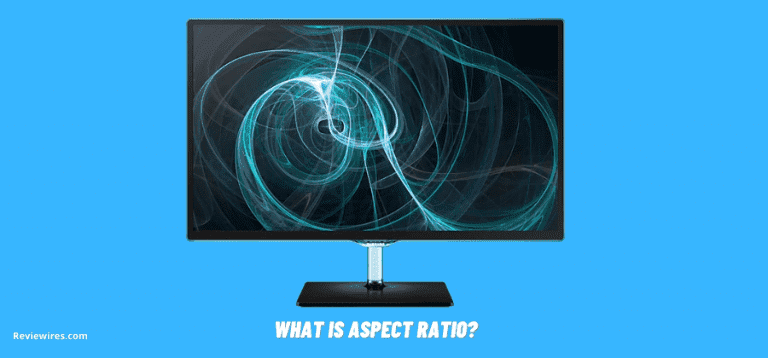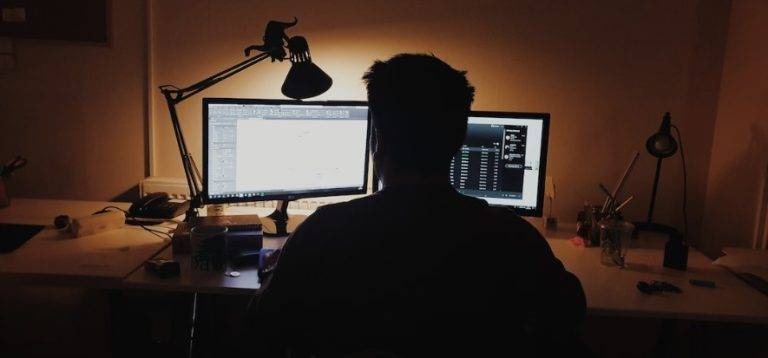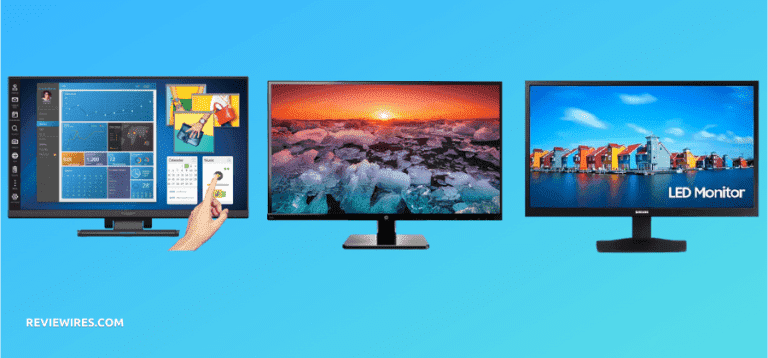3 Methods to Fix a Yellow Tint on your Monitor Easily
You shouldn’t be startled if your monitor’s display suddenly turns more yellow than usual. You’re not seeing things – a yellow tint is a typical computer display issue. However, change in software settings is sometimes the cause, but it can also be a symptom of a hardware problem.
Moreover, before attempting software remedies, examine the hardware and then your display driver if your monitor has an unwanted yellowish tint. It could be a problem with your cable connection or a display setting that you can change from your device’s configuration menu.
Check out: How to clean a computer monitor.
Step-by-Step Guide on How to fix a yellow tint on a monitor
METHOD 1
Disable Night Mode
The Night light is a common cause of a yellow tint on your display. When you enable this mode, the screen’s strong blue light will be turned off, and only warm colors will be displayed to protect your eyes.
In addition, it’s possible that you mistakenly turned on the Night light, or that the Settings are causing it to turn on at a specific time. Fortunately, dealing with this problem is simple. All you need to do is complete the following steps:
- Start by opening the menu.
- Choose the Gear (Settings) icon from the drop-down menu.
- Select the ‘System’ option. There should be a new window appear.
- On the left side, select the ‘Display’ tab.
- Turn off the Night light switch.
You can also, press Win + A to activate a fast access menu in the bottom-right corner of the screen and check for the ‘Night light’ option and can record the structure of the colors and/or pick when or if the function should activate by going to the Display settings and selecting the ‘Night light settings’ option.
METHOD 2
Graphics Driver Upgrade:
Drivers serve as a link between your computer’s hardware and software. It is critical to maintain your drivers up to date to ensure that your system runs smoothly and performs optimally. However, there are two methods for updating drivers: automatic and manual.
Automatic method
The Automatic Approach is the most preferred method for updating drivers. The manual technique searches for drivers within a constrained area of the Microsoft network.
Moreover, on the other hand, the Automatic approach searches the entire internet for the most appropriate and up-to-date driver and installs it. It may also be used by anyone to replace corrupt, missing, or obsolete drivers with just a few clicks.
Here are the procedures to follow if you want to use the automatic method:
- Firstly, download and Install Smart Driver Care.
- Launch the application after it has been installed and press the Scan Now button.
- The software will do a scan of your computer and present a list of outdated drivers.
- Press the Update button. All of your drivers will be updated if you press the All button in the top right corner.
Manual method
This is a time-consuming and effort-intensive procedure that does not guarantee that you will obtain the upda
ted version. Further, Microsoft recommends the manual option, which is the default in Windows 10. The following are the steps to manually update the driver:
- In the taskbar’s search box, type “Device Manager” and hit enter.
- To see your display adapter, click the “Display Adapter” button in the Device Manager box.
- Follow the onscreen steps after right-clicking on your display adapter and selecting Update Driver Software from the contextual menu.
METHOD 3
New color profile:
- To open the Colour Management box, type Color Management and hit Enter.
- From the drop-down menu, select the yellow-tinted screen, and then tick the box next to “Use my settings for this device.”
- Then, on the Associate Color Profile box, hit the add button and pick the sRGB virtual device model profile, then press the OK button.
- Further, in the center of the screen, you’ll notice that a new profile has been added under Profile associate. By clicking on the new color profile, you can then choose to set it as the default profile.
HARDWARE ISSUE
- Some older monitors may get magnetized, resulting in a change in display and color. However, most of these monitors contain a ‘Degauss’ button that should remove any magnetic fields, so check to see if yours does. If that doesn’t work, try dragging a small magnetic button across your monitor to see if the color returns to normal.
- Additionally, check to see if the video card is correctly seated in its socket inside the PC case. Although some computers have a video card built into the motherboard, the majority have a separate video card connector. However, it’s possible that the video card isn’t entirely seated in the socket, resulting in video problems.
- Further, check that the cords are connected to both your monitor and the port on your computer. Inspect the cord for any signs of damage as well. Moreover, even a minor cable rupture can disrupt the transmission of electronic impulses between the computer and the monitor, affecting the display.
- In addition, the majority of monitors may also be used as televisions. They usually have various options that color the color and display on the screen on their own. Further, you might be able to modify your monitor’s hue, contrast, brightness, and other settings with buttons.
Frequently Asked Questions
What can be the common reason my display is yellow?
The Night light is a common cause of a yellow tint on your display. Moreover, when you enable this mode, the screen’s strong blue light will be turned off, and only warm colors will be displayed to protect your eyes.
How do I fix the color on my monitor?
The simplest method is to use the keyboard shortcut: CTRL + C on Windows. Your screen returns to its original color. It turns black and white again if you press Windows + CTRL + C, and so on. However, the color filters for the screen are enabled or disabled with this keyboard shortcut.
How to fix the yellow tint on my monitor with color management?
Type Color Management in the upper left corner of the Control Panel. Click Color Management from the list of results. Select the yellow-tinted display from the device drop-down option. Check For this device box, use my settings.
What does the yellow color do to our eyes?
Bright colors, in particular, can be irritating to the eyes, but they also attract our attention. Consider the hue yellow. Yellow is calming and cheery in brighter colors. However, yellow, on the other hand, can be a stimulant to the eyes when the brightness is turned up.
CONCLUSION
As you can see, a yellow tint on your monitor can be caused by a variety of software and hardware difficulties. Fortunately, the problem is rarely significant, and there is no need to be concerned.
Further, if you’ve tried everything and still haven’t noticed a difference, it’s time to take your computer or monitor to a repair shop. In a couple of minutes, the professionals could diagnose the problem and find a solution.
Visit: How to convert a monitor into a TV and check out how easy it can be done with no headache.

